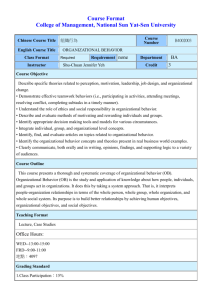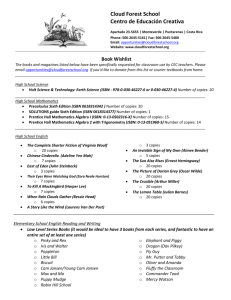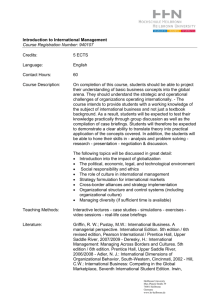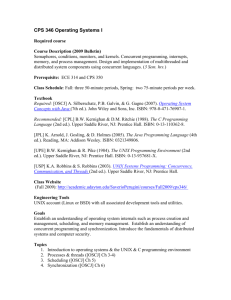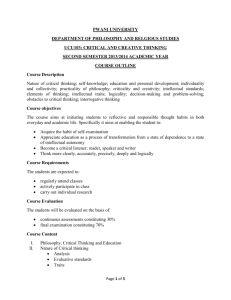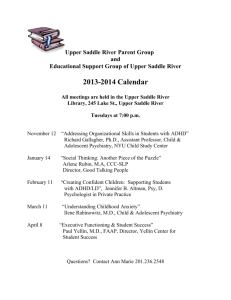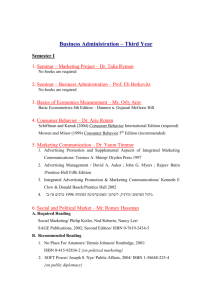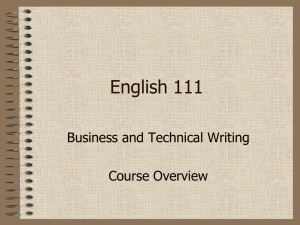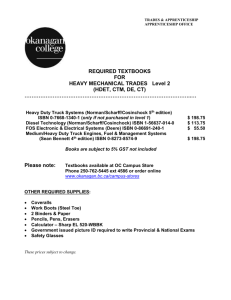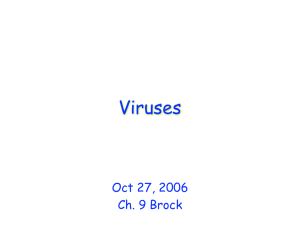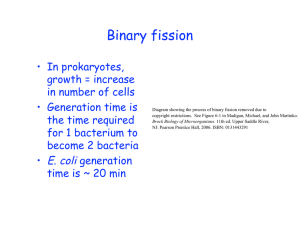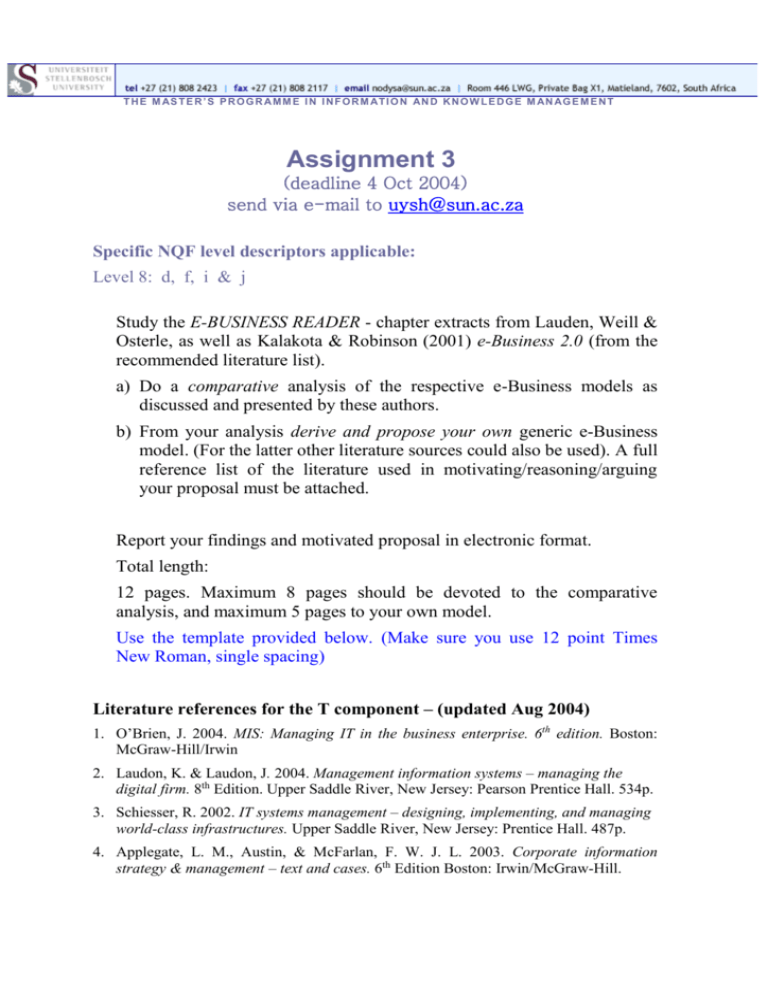
T H E M AS T E R ’ S P R O G R A M M E I N I N F O R M AT I O N AN D K N O W L E D G E M AN AG E M E N T
Assignment 3
(deadline 4 Oct 2004)
send via e-mail to uysh@sun.ac.za
Specific NQF level descriptors applicable:
Level 8: d, f, i & j
Study the E-BUSINESS READER - chapter extracts from Lauden, Weill &
Osterle, as well as Kalakota & Robinson (2001) e-Business 2.0 (from the
recommended literature list).
a) Do a comparative analysis of the respective e-Business models as
discussed and presented by these authors.
b) From your analysis derive and propose your own generic e-Business
model. (For the latter other literature sources could also be used). A full
reference list of the literature used in motivating/reasoning/arguing
your proposal must be attached.
Report your findings and motivated proposal in electronic format.
Total length:
12 pages. Maximum 8 pages should be devoted to the comparative
analysis, and maximum 5 pages to your own model.
Use the template provided below. (Make sure you use 12 point Times
New Roman, single spacing)
Literature references for the T component – (updated Aug 2004)
1. O’Brien, J. 2004. MIS: Managing IT in the business enterprise. 6th edition. Boston:
McGraw-Hill/Irwin
2. Laudon, K. & Laudon, J. 2004. Management information systems – managing the
digital firm. 8th Edition. Upper Saddle River, New Jersey: Pearson Prentice Hall. 534p.
3. Schiesser, R. 2002. IT systems management – designing, implementing, and managing
world-class infrastructures. Upper Saddle River, New Jersey: Prentice Hall. 487p.
4. Applegate, L. M., Austin, & McFarlan, F. W. J. L. 2003. Corporate information
strategy & management – text and cases. 6th Edition Boston: Irwin/McGraw-Hill.
2
5. Weill, P. & Vitale, M. R. 2001. Place to space – migrating to e-business models.
Boston MA: Harvard Business School Press, 372p.
6. Laudon, K. C. & Traver, C. G. 2002. E-Commerce – business, technology, society.
Boston MA: Addison-Wesley, 762p.
7. Castells, M. 2001. The internet galaxy – reflections on the internet, business, and
society. Oxford: Oxford University Press. 292p. ISBN: 0199255776
8. Kalakota, R. & Robinson, M. 2001. e-Business 2.0 – roadmap for success. 2nd Edition.
Upper Saddle River: Addison-Wesley. 520p.
9. Awad, E. 2004. Electronic commerce- from vision to fulfillment. Upper Saddle River:
PEARSON Prentice-Hall. 552p. ISBN: 0131229028
Literature references for the M component – (updated Aug 2004)
1. Robbins, S. P. 2003. Organizational behavior. 10th Edition. Upper Saddle River, NJ.:
Prentice Hall. 675p.
2. Jones, G. R. 2001. Organizational theory- text and cases. 3rd Edition. Upper Saddle
River: Prentice Hall. 599p
3. Robbins, S. P. 2000. Managing today! 2.0 Edition. Upper Saddle River, NJ: Prentice
Hall. 651p.
4. Robbins, S. P. 2001. Business today! 2.0 Edition. Fort Worth: Harcourt College
Publishers. 651p.
5. Smith, H. & Singar, P. 2002. Business process management - the third wave. EghanKiffer. ISBN: 0929652339.
6.Amado, G. & Ambrose, A. 2001. The transitional approach to change. London: Karnac
Books. ISBN: 1855752263
7.Chowdhury, S. 2002. Management 21C. Pearson. 289p. ISBN: 0273661124.
8.De Wit, R. & Meyer, R. 2001. Strategy synthesis – resolving strategy paradoxes to
create competitive advantage. London: Thomson Learning.519p. ISBN: 1861523173.
9.Wright, S. 1994. Anthropology of organizations. New York: Routledge. 217p. ISBN:
0415087473.
2
3
Stellenbosch MPhil Programme in Information and Knowledge Management
Assignment 3 – Daan Botha
Student Name:
Student Number:
Student E-mail:
Date submitted:
C
L
P
T
3
R
M

